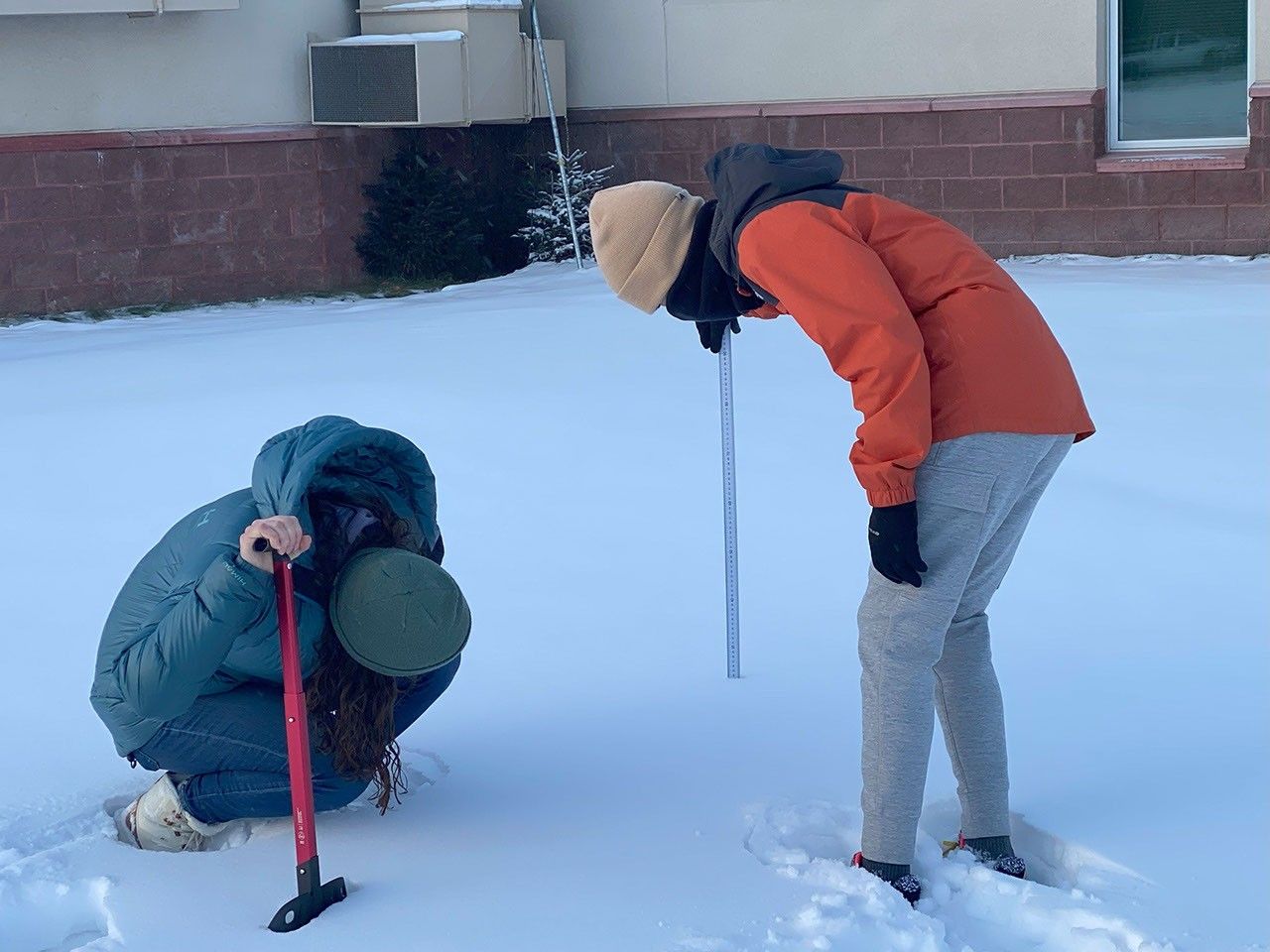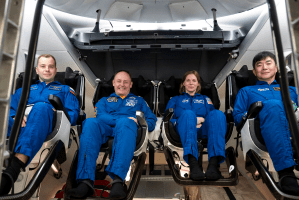The GLOBE (Global Learning and Observations to Benefit the Environment) Clouds arm of The GLOBE Program held an event to celebrate the recent milestone of one million satellite to cloud observation matches Tuesday, Sept. 13, at NASA’s Langley Research Center in Hampton, Virginia. GLOBE Clouds reached that major milestone July 30.
The GLOBE (Global Learning and Observations to Benefit the Environment) Clouds arm of The GLOBE Program held an event to celebrate the recent milestone of one million satellite to cloud observation matches Tuesday, Sept. 13, at NASA’s Langley Research Center in Hampton, Virginia. GLOBE Clouds reached that major milestone July 30. The program to match ground-based cloud observations from students and citizen scientists around the world to those collected by satellites began in 2017. Citizen scientists can submit cloud observations via the GLOBE Observer app using the Clouds tool. If someone makes an observation within 15 minutes of a satellite flyover, the ground and satellite data are matched. One example of how GLOBE cloud observations can be useful is when there are thin, wispy cirrus clouds. Because those clouds are cold and white like snow, satellites can struggle to “see” them from above in the presence of snowy ground conditions. The “Match to a Million” event featured a number of guest speakers, including members of Langley center leadership, members of the GLOBE program office, Clouds and the Earth’s Radiant Energy System (CERES) Principal Investigator Norman Loeb, SciStarter Advisor Caroline Nickerson, and a number of GLOBE community members. The event also included poster presentations from more than 40 students and citizen scientists. “What GLOBE does every day — those million measurements — is to excite you and to inform us so we can take care of our favorite planet,” said Langley Center Director Clayton Turner.





























